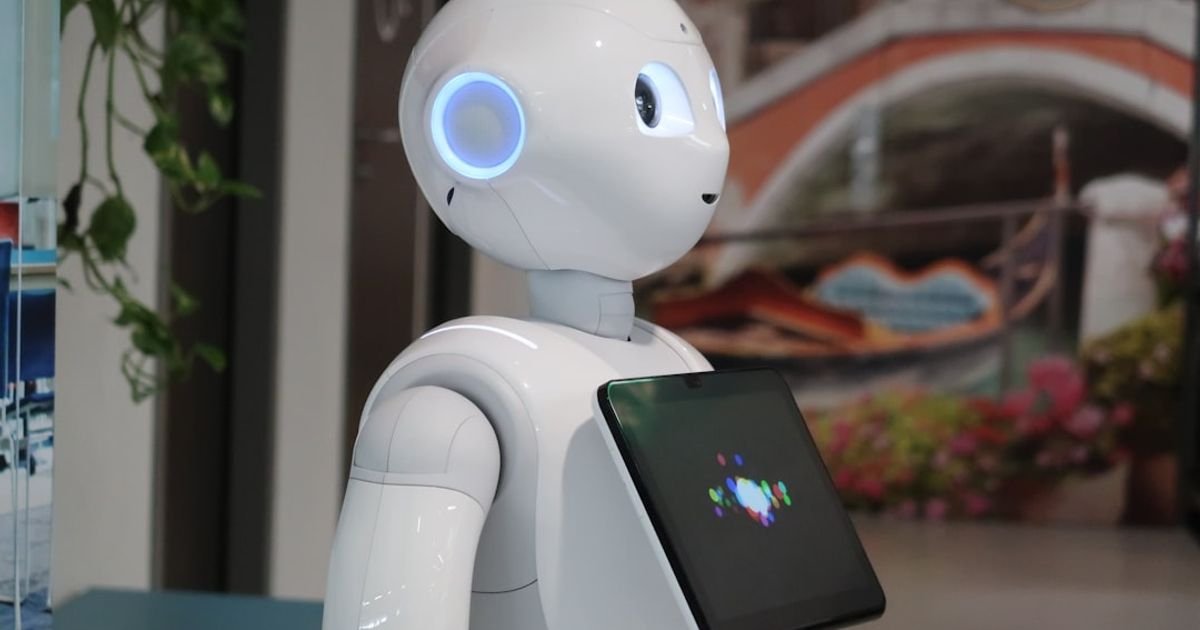About Prompt
- Prompt Type – Dynamic
- Prompt Platform – ChatGPT, Grok, Deepseek, Gemini, Copilot, Midjourney, Meta AI and more
- Niche – AI Platforms
- Language – English
- Category – IoT
- Prompt Title – AI Prompt for Smart Home Automation Scenario Development
Prompt Details
**Prompt Goal:** To generate realistic and diverse smart home automation scenarios for testing, training, and showcasing IoT systems across various AI platforms.
**Prompt Structure:**
This prompt utilizes a dynamic structure that can be adapted to various levels of detail and complexity. It incorporates user-defined parameters to tailor the generated scenarios to specific needs.
**Base Prompt:**
“`
Generate a smart home automation scenario involving [Number] devices and [Number] occupants performing [Activities] in a [Location] type dwelling. The scenario should focus on [Specific IoT Functionality] and consider [Environmental Factors]. Include details about:
* **Device interactions:** How devices communicate and trigger actions.
* **Occupant behavior:** Realistic actions and reactions of occupants.
* **Environmental changes:** How external factors influence the scenario.
* **Data flow:** The flow of data between devices, cloud services, and user interfaces.
* **Potential challenges/failures:** Possible issues or malfunctions that could occur.
* **Desired outcome:** The intended result of the automation sequence.
Provide the scenario in a structured format, ideally using JSON or YAML, suitable for automated processing and integration with various AI platforms. Include relevant data points like timestamps, sensor readings, device states, and user inputs.
**Optional Parameters:** (Specify values or leave blank for default behavior)
* **Specific Devices:** (e.g., smart thermostat, smart lighting, security cameras, voice assistant)
* **Specific Activities:** (e.g., cooking, sleeping, working from home, entertaining guests)
* **Specific Location:** (e.g., apartment, single-family home, assisted living facility)
* **Specific IoT Functionality:** (e.g., energy efficiency, security & surveillance, comfort & convenience, entertainment)
* **Specific Environmental Factors:** (e.g., time of day, weather conditions, external noise levels)
* **Scenario Complexity:** (e.g., simple, moderate, complex)
* **Desired Length:** (e.g., short, medium, long)
* **Target Platform:** (e.g., specific AI platform or framework if applicable, otherwise leave blank for general compatibility)
* **Output Format Preferences:** (e.g., specific JSON schema, YAML structure, or other desired formatting)
“`
**Example Usage:**
“`
Generate a smart home automation scenario involving 4 devices and 2 occupants performing cooking and entertaining guests in a single-family home. The scenario should focus on comfort & convenience and consider time of day (evening) and external noise levels (high due to a nearby party). Include details about device interactions, occupant behavior, environmental changes, data flow, potential challenges/failures, and the desired outcome.
Specific Devices: Smart lighting, smart thermostat, smart speaker, smart blinds
Scenario Complexity: Moderate
Desired Length: Medium
Output Format Preferences: JSON
“`
**Explanation and Best Practices:**
* **Dynamic Parameters:** The use of placeholders like `[Number]`, `[Activities]`, etc. allows for flexible scenario generation by substituting specific values. This makes the prompt adaptable to different use cases and avoids repetitive outputs.
* **Detailed Instructions:** The prompt clearly outlines the desired information, including device interactions, occupant behavior, environmental factors, and potential challenges. This leads to more comprehensive and realistic scenarios.
* **Structured Output:** Requesting output in JSON or YAML facilitates automated processing and integration with other systems. This is crucial for testing and training AI models.
* **Optional Parameters:** Providing optional parameters allows users to fine-tune the generated scenarios based on their specific needs.
* **Focus on IoT Functionality:** By specifying the IoT functionality, the prompt ensures that the generated scenarios are relevant to the target application area.
* **Consideration of Environmental Factors:** Including environmental factors adds realism and complexity to the scenarios, making them more representative of real-world situations.
* **Emphasis on Challenges/Failures:** Asking for potential challenges or failures encourages the AI to generate scenarios that consider potential issues, which is essential for robust system design.
**Benefits of this Prompt:**
* **Versatility:** Suitable for various smart home automation scenarios and AI platforms.
* **Customization:** Allows for tailoring scenarios to specific needs and requirements.
* **Automation:** Facilitates automated processing and integration with other systems.
* **Realism:** Generates scenarios that reflect real-world situations and challenges.
* **Comprehensive:** Covers various aspects of smart home automation, including device interactions, occupant behavior, and environmental factors.
This dynamic prompt provides a robust framework for generating diverse and realistic smart home automation scenarios, enabling developers to test, train, and showcase their IoT systems effectively. By adjusting the parameters, users can create scenarios tailored to specific use cases and leverage the power of AI to explore the full potential of smart home technology.

